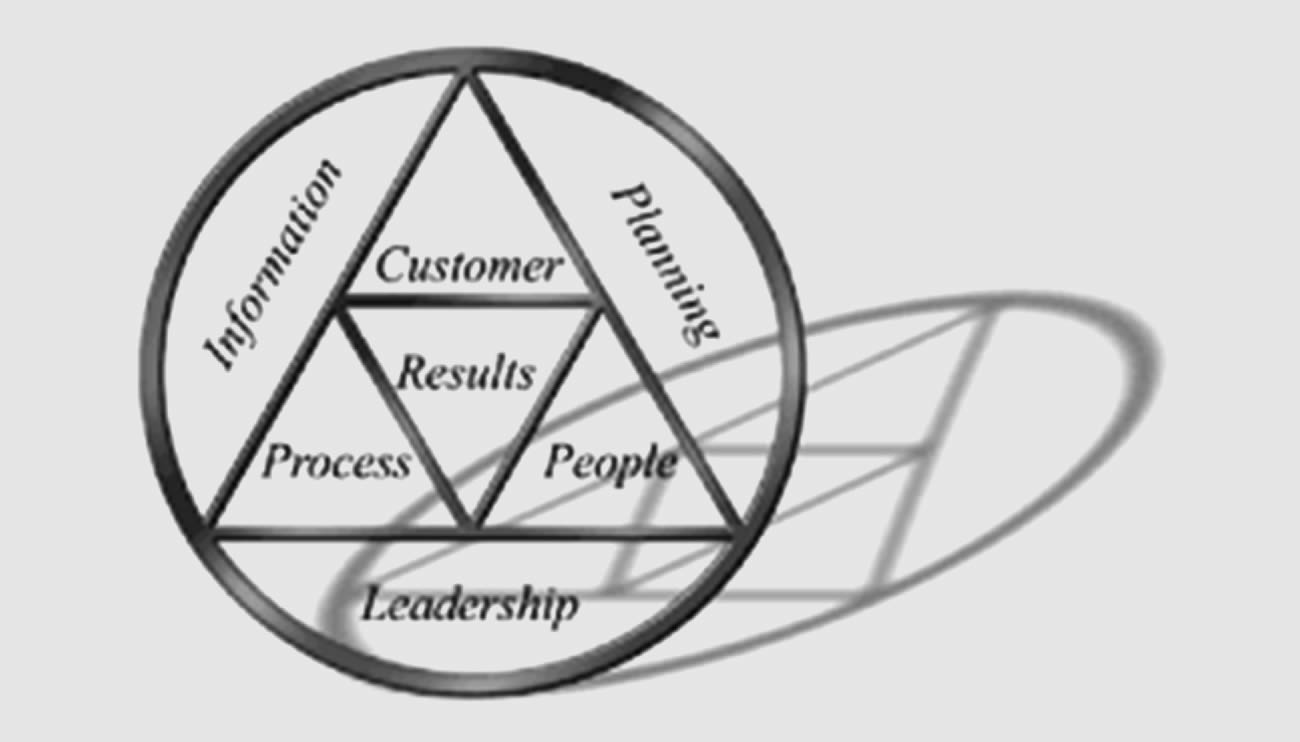
The Progression of the Six Sigma Belts and the Colors
One key innovation of Lean Six Sigma involves the ‘professionalizing’ of the various quality management functional levels, often called ‘belts’. Prior to Lean Six Sigma, quality management in practice was largely relegated to the production floor and to statisticians in a separate quality department. Formal Lean Six Sigma programs adopt a ranking terminology (similar to some martial arts systems) to define a hierarchy and career path that cuts across all business functions. During the participation in six NSU 3-credit building-block credited courses, students will learn the skills, tools, and techniques to deliver breakthrough business improvements and cost reductions, and prepare for the ASQ Six Sigma Belt certification exams.“Lean Six Sigma students will learn to function simultaneously within the two frameworks —the Six Sigma business and the Lean cultural frameworks— as they work their way up the curriculum-belt ladder.”
The Progression of the Six Sigma Belts and the Colors
In a Nutshell
One key innovation of the Lean Six Sigma (LSS) movement involves the ‘professionalizing’ of the various quality management functions. Prior to Six Sigma, quality management in practice was largely relegated to the production floor and to statisticians in a separate quality department. Formal Lean Six Sigma programs adopt a ranking terminology (similar to some martial arts systems) to define a hierarchy and career path that cuts across all business functions.
Lean Six Sigma identifies six key roles for its successful implementation:
- Executive Leadership includes the CEO and other members of top management. They are responsible for setting up a vision for Six Sigma implementation. They also empower the other role holders with the freedom and resources to explore new ideas for breakthrough improvements.
- Champions take responsibility for Lean Six Sigma implementation across the organization in an integrated manner. The Executive Leadership draws them from upper management. Champions also act as mentors to Black Belts.
- Master Black Belts, identified by champions, act as in-house coaches on Six Sigma. They devote 100% of their time to Lean Six Sigma. They assist champions and guide Black Belts and Green Belts. Apart from statistical tasks, they spend their time on ensuring consistent application of Six Sigma across various functions and departments.
- Black Belts operate under Master Black Belts to apply Six Sigma methodology to specific projects. They devote 100% of their time to Lean Six Sigma. They primarily focus on Six Sigma project execution, whereas Champions and Master Black Belts focus on identifying projects/functions for Lean Six Sigma.
- Green Belts are the employees who take up Lean Six Sigma implementation along with their other job responsibilities, operating under the guidance of Black Belts.
- Yellow Belts are the employees who do the data gathering. Some organizations use additional belt colors, such as White Belts, for employees that have some general basic training in Six Sigma tools, and Moneybelts for those who are involved in the role of Champions and Sponsors.
